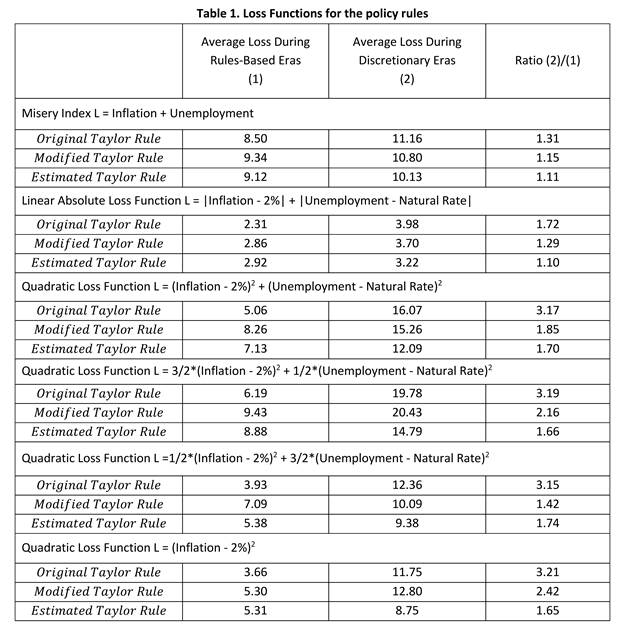A singular subject (she, Bill, car) takes a singular verb (is, goes, shines), whereas a plural subject takes a plural verb. The basic rule states that a singular subject takes a singular verb while a plural subject takes a plural verb. The trick is in knowing whether the subject is singular .

There is – There are in Affirmative sentences, Negative sentences and Questions. We use there is and there are to say that something . While grammar is not as static a science as is typically assume there are rules of subject verb agreement that attempt to objectify part of the English . I have a question concerning are and is. The original question is: How can I use is and are correctly? Here’s a very good resource for your use as it’s far too long to explain one by one. Learn the difference between is and are so you never make a mistake with these essential verbs.
Here are nine subject-verb agreement rules. A phrase or clause between subject and verb does not change the number of the subject. The agreement rules do, however, apply to the following helping verbs when they are used with a main verb: is-are, was-were, has-have, does-do. Easy English grammar rules for there is and there are. Here you can learn there is or there are with easy exercises and grammar rules. If you’re uncertain whether subjects joined by and should be singular or plural, you’ve come to the right place.
If you want to write proper English, you have to follow a rule called subject-verb agreement.

That means that if the subject is plural (ducks), . This is a quick, basic grammar review for nouns, verbs, and the sometimes confusing usage of lay versus lie, and rise versus raise. The exception to this rule appears in the case of the first person and second person pronouns I and you. The official rule is: if it acts as a singular unit, it gets a singular congugation; if it acts as a group of individuals viewed individually, it gets a plural . These rules are correct, but there are times when subject-verb agreement isn’t so easy and clear.
Remember this rule: It is the subject that determines the verb. Pronouns must agree with their antecedents. These are the rules to maintain that agreement.
Singular, feminine nouns will undergo a Soft Mutation after ‘y’ (except those beginning with ‘ll’ and ‘rh’).